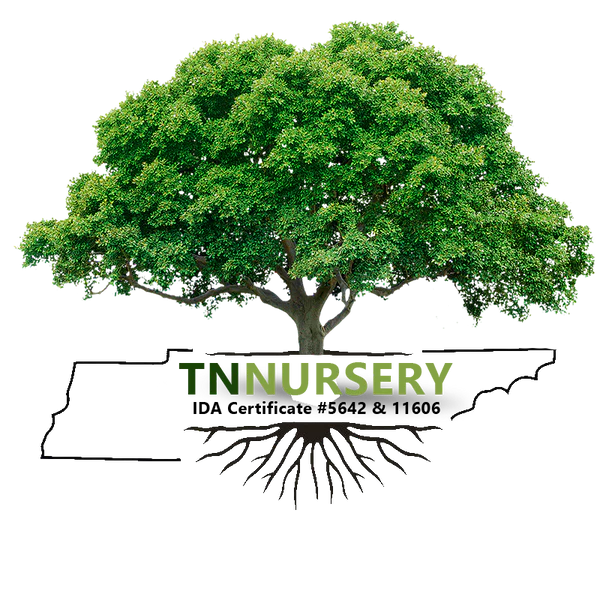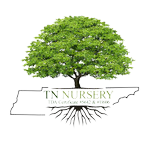Painted Trillium Plant
Painted Trillium is a wildflower with a single white blossom splashed with brilliant pink atop three blue-green foliage. The Lily family includes this species. It's one of two trilliums in the Adirondacks, with the Purple Trillium being the other. The term "trillium" comes from the Latin word "tri," referring to the plant's three leaves and three sections) and "llium," which refers to the flower's three parts. The (undulatum) is the species name from a Latin term that means "wavy edged," referring to the wavy margins on the petals. Painted Lady is its other name. The second name (Lady) comes from the reason the plant blooms around the same time as the robins in the spring.
Painted Trillium Identity
Painted Trilliums reach 8-20 inches. The stem has a single twist of three leaves. Leaves are bluish-green, waxy, and rounded at the base, tapering to a tip. The solitary blossom appears above the whorl of these leaves at the stalk's tip. Usually, 2 inches broad. The lance-shaped petals have a pointy tip. Each white petal has a deep inverted pink V at its base. Green sepals and pink-tipped stamens. Flowers appear about 4-7 years of age. Painted Trilliums bloom in May in the Adirondacks. Painted Trilliums and Yellow Trillium bloom from the onset of May till the early days of June, according to iNaturalist observations in Adirondack Park. Painted Trilliums bloom three weeks later higher up. The fruit is a fleshy berry-like capsule that becomes brilliant crimson.
Painted Trillium Uses
Painted Trillium has few human applications. The Algonquin used blooms, sepals, and leaves to speed up childbirth. The fruits, seeds, and rhizomes are harmful to humans when raw.
Painted Trillium Wildlife Value
They are not valuable to wildlife. Its insect pollinated. It has an elaiosome, a fleshy structure rich in protein and lipids. Ants (attracted by the elaiosome's chemical) eat the seed attachments and dispose of the germinating seeds. The elaiosome attracts wasps such as yellow jackets. Painted Trillium or native plants are said to be deer friendly.
Distribution of Painted Trillium
Painted Trillium is prevalent in virtually all New York State countries, including those inside the Adirondack Park Blue Line.
Its Habitat
Painted Trillium grows in non-wetlands but can also grow in Westlands and likes well-drained soil and full shade or semi-shade. This species grows beneath northern hardwoods or conifers, including Red Spruce and Eastern White Pine. Painted Trillium is found in northern and colder New York. The iNaturalist data suggests this plant is widespread in the Adirondacks. What are the Benefits of Habitat Plants for Restoration.


